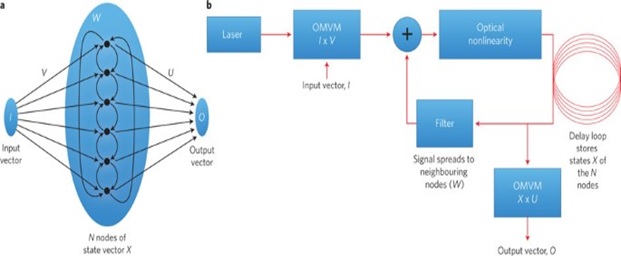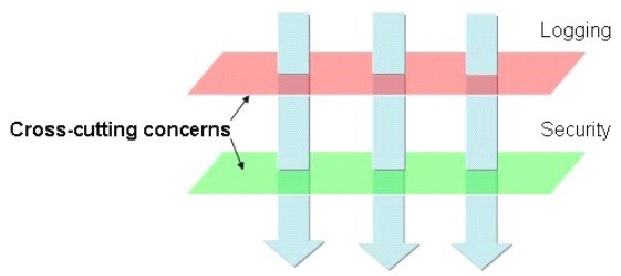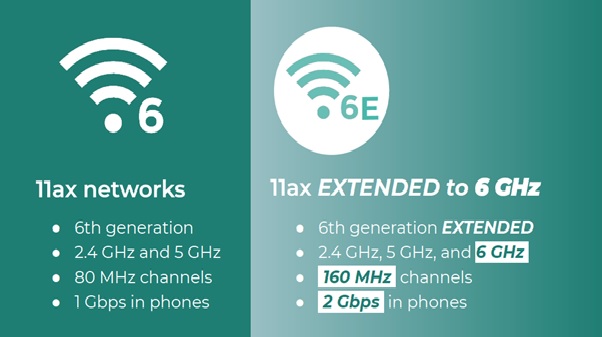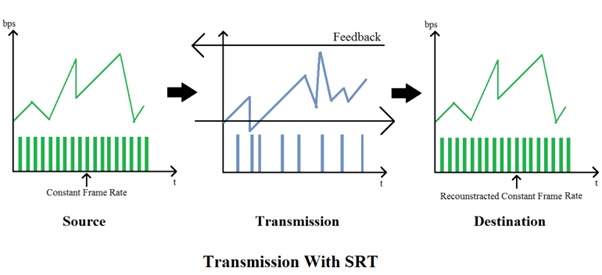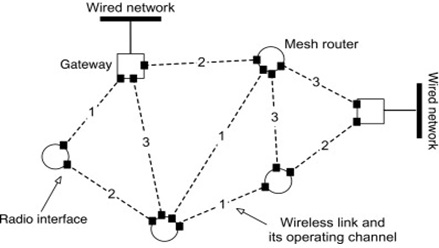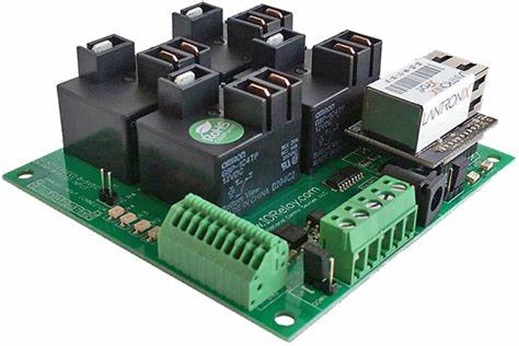Software-Defined Networks (SDN)
Software-Defined Networking (SDN) is an emerging architecture that is dynamic, manageable, cost-effective, and adaptable, making it ideal for the high-bandwidth, dynamic nature of today’s applications. This architecture decouples the network control and forwarding functions enabling the network control to become directly programmable and the underlying infrastructure to be abstracted for applications and network services. The OpenFlow® protocol is a foundational element for building SDN solutions. For an in-depth understanding of SDN-based networking and use cases, check out the open source micro-book, “Software-Defined Networks: A Systems Approach”.[1]
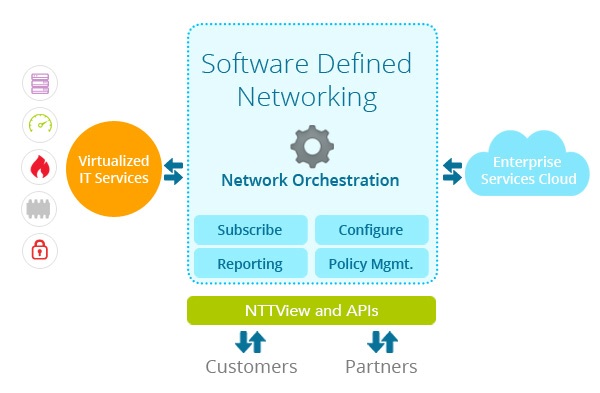
Figure 1. The features of software defined networking (SDN)
Figure 1 shows software-defined networking (SDN) describes an architecture that separates the network control plane and the forwarding plane, aiming to simplify and improve network control. IT teams are more able to rapidly adapt to changing business requirements and application needs. [2]
Features of Software-defined Networking
There are 4 unique, defining features of software-defined networking:
- Agile: As business and application needs change, administrators can adjust network configuration as needed.
- Centrally Managed: SDN consolidates network intelligence, which provides a holistic view of the network configuration and activity.
- Programable: The ability to directly program network features and configure network resources quickly and easily through automated SDN services.
- Open Connectivity: SDN is based on and implemented via open standards. As a result, SDN streamlines network design and provides consistent networking in a vendor-neutral architecture.[2]
SDN works:
SDN encompasses several types of technologies, including functional separation, network virtualization and automation through programmability.
Originally, SDN technology focused solely on the separation of the network control plane from the data plane. While the control plane makes decisions about how packets should flow through the network, the data plane moves packets from place to place.
In a classic SDN scenario, a packet arrives at a network switch. Rules built into the switch's proprietary firmware tell the switch where to forward the packet. These packet-handling rules are sent to the switch from the centralized controller.
The switch -- also known as a data plane device -- queries the controller for guidance as needed and provides the controller with information about the traffic it handles. The switch sends every packet going to the same destination along the same path and treats all the packets the same way.
Software-defined networking uses an operation mode that is sometimes called adaptive or dynamic, in which a switch issues a route request to a controller for a packet that does not have a specific route. This process is separate from adaptive routing, which issues route requests through routers and algorithms based on the network topology, not through a controller.[3]
References:
- https://opennetworking.org/sdn-definition/
- https://www.nutanix.com/info/software-defined-networking
- https://www.techtarget.com/searchnetworking/definition/software-defined-networking-SDN
Cite this article:
Thanusri swetha J (2021), Software-Defined Networks (SDN), AnaTechMaz, pp. 19



